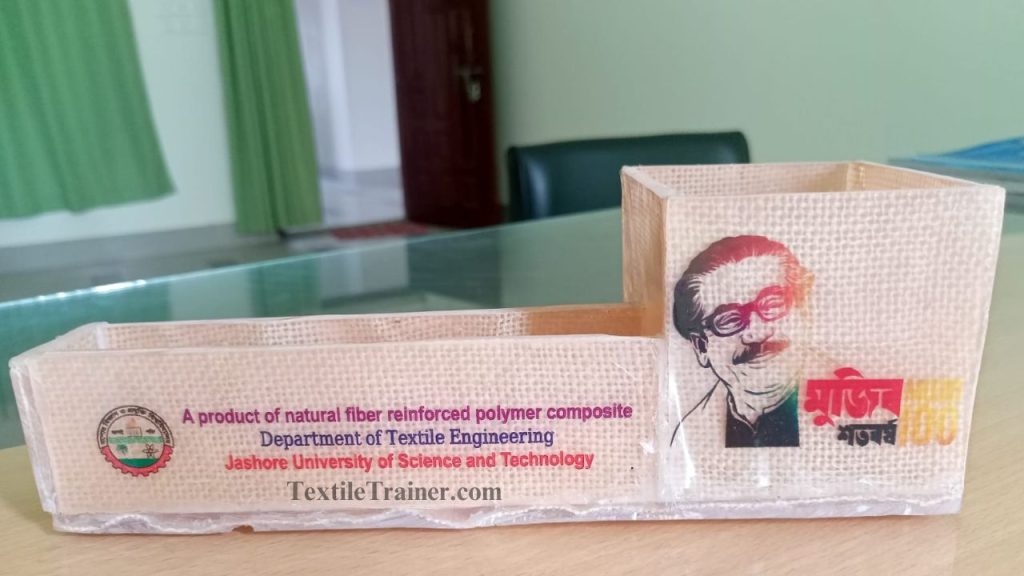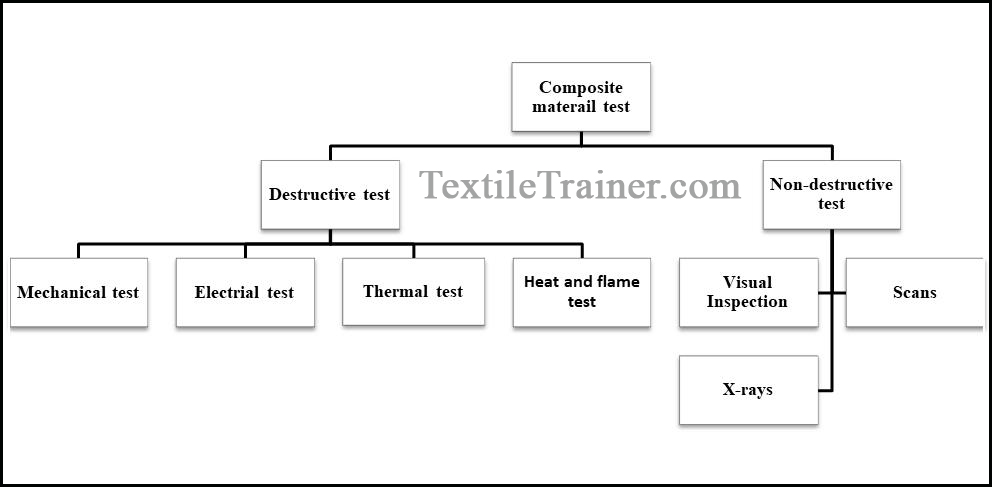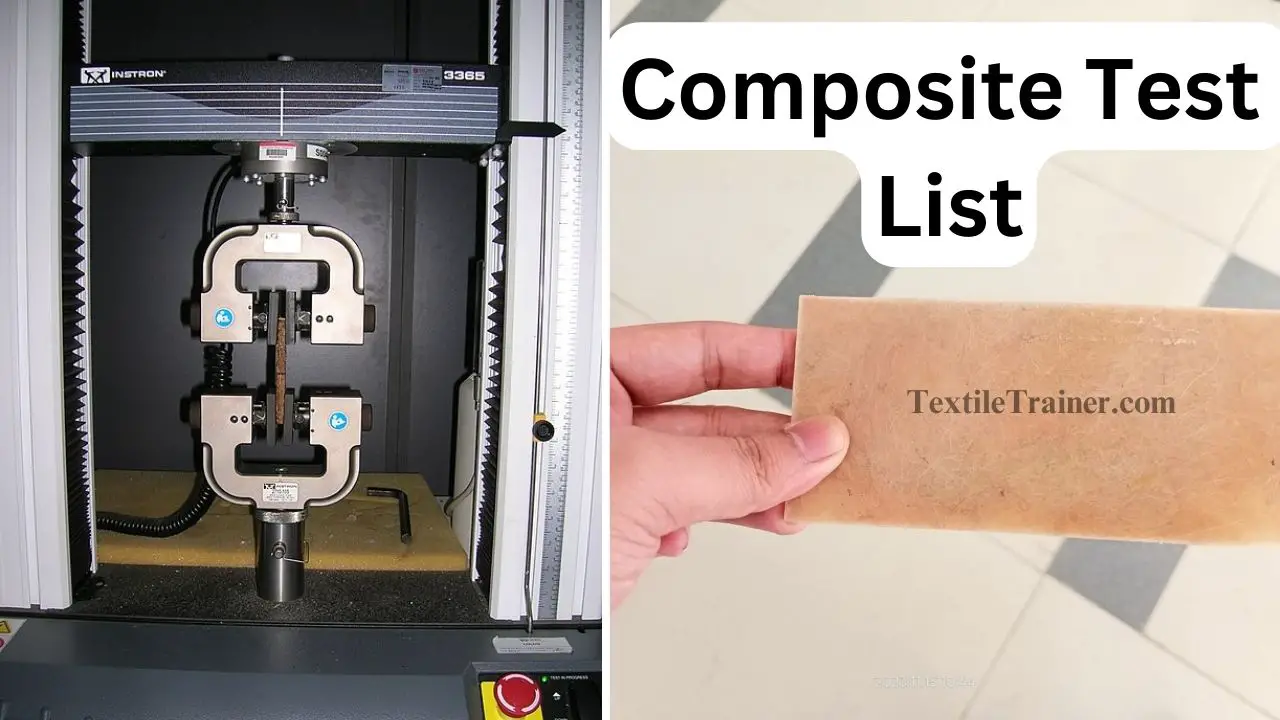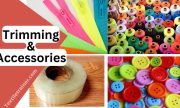What is composite?
By definition, composites are engineered materials made of two or more constituents that are physically or chemically different, but remain separate and distinct in the final structure. Additionally, the composite should possess properties that surpass the individual constituents. It is essential to know list of composite test every composite researcher. Throughout our lives, we are surrounded by composites of various kinds, both natural and manmade. Human bones and wood are examples of natural composites. In nature, different materials are constructed with great skill for different purposes. For ages, humans have used composite materials for various purposes, including building blocks made of straw and clay, concrete reinforced with steel, polymers reinforced with fiber, etc.


Application of composite:
- Safety equipment: The use of safety equipment such as helmets is highly recommended.
- Automobiles: Engine components, spray nozzles, tires, etc.
- Electronic device: Preparation of antennae and electronic circuit boards is part of the communication industry.
- Aeronautical applications: structural components such as wings, bodies and stabilizers of aircraft are some examples of these applications.
- Marine applications: There are many marine applications for this material, including shafts, hulls, spars, and many others.
- Sports equipment: Tennis rackets, golf sticks, and other safety equipment are all kinds of sports equipment.
Types of Composite Test:

In this article, I will discuss only destructive test in details.
1. Mechanical test:
The characterization of composites for mechanical properties is very important from a design and analysis point of view as well as a life prediction point of view. To determine material properties for use in the design and analysis of a product, quality control, application performance requirements, and production process of polymers and composites, mechanical and physical testing is vital. Following mechanical tests are need to done in case of composite.
- Tensile test: In tensile testing, the metallic material is tested destructively for tensile strength, yield strength, and ductility. By measuring the force needed to break a composite or plastic specimen, as well as the extent to which it stretches or elongates, it can be determined.
- Flexural test: In flexural tests, a beam is bent under three-point loading conditions, and both rigid and semi-rigid materials can be tested.
- Shear test: Plastics and polymer composites must be aware of the “deformable” mechanical properties of plastics so that their applications can be extended. Shear tests measure strain, stress, modulus, and failure mode.
- Compression test: In composite compression tests, a compressive load is introduced into the material while it is prevented from buckling.
- Impact test: The impact test of composite is designed to determine how a specimen of a known material such as polymers, ceramics, and composites will react to a sudden application of stress. Engineering materials are specifically evaluated using the impact test for assessing their toughness, brittleness, notch sensitivity, and impact strength to withstand high loads.
2. Electrical test
The electrical properties of composites are very important for industries such as automotive, aerospace, building products, marine, etc. An electrical test is usually a measurement of resistance, conductivity, or charge storage on or through a material. List of electrical test of composite is given below:
- Volume resistivity and surface resistivity test: Surface resistivity test is the resistance to leakage current along the surface of insulating of material. Volume resistivity test is the resistance to leakage current through the body of insulating material. In general, a material with a high surface/volume resistivity has a lower leakage current and is less conductive.
- Dielectric strength: Dielectric strength, also known as dielectric breakdown strength (DBS), is the maximum electrical potential at which a material can resist current before it no longer acts as an insulator.
- Insulation resistance: Insulation resistance (IR) tests determine how effective the dielectric (insulation) is at resisting the flow of electrical current between the two points separated by electrical insulation. These types of tests are useful for checking the quality of insulation not only when a product is first manufactured but also over time as the product is being used.
- Dry arc resistance: An insulator can become conductive when electric current crosses its surface due to damage, erosion, or other factors. Under carefully controlled laboratory conditions, arc resistance is the time required to conduct an insulating surface under a high voltage/low current arc.
3. Thermal test:
Temperature and humidity can negatively affect some raw materials used in composite materials. It is essential that they are stored under highly controlled environmental conditions before use. List of thermal test is given below:
- Thermal conductivity: The thermal conductivity of a materials refers to its intrinsic ability to transmit heat. It is also defined as the amount of heat that can be conducted per unit time per unit area through a plate of unit thickness of a given material with a temperature difference of one unit.
- Thermogravimetric analysis: Using thermal decompositions, thermogravimetric analysis (TGA) can reveal the chemical and physical structure of a material. With TGA, you can determine the temperature and rate of decomposition of materials, as well as their volatile and filler content.
- Differential scanning calorimetry: The differential scanning calorimetry (DSC) test is one of the most important types of quality control tests used to confirm the material’s thermal properties and check the cure.
- Dynamic mechanical analysis: By analyzing the material’s viscoelastic mechanical properties, dynamic mechanical analysis (DMA) can provide information about its physical structure. As a result of the test, the material’s response to a sinusoidal force during a temperature or frequency sweep can be assessed.
4. Heat and flame test:
Heat and flame test is important test for composite material. This test measure behavior of composite against heat and fire. Some important tests are given below:
- Lift spread of flame: In terms of comparing the performance of essentially flat materials, composites, or assemblies, which are commonly used as exposed surfaces on walls, the Spread of Flame Apparatus is an important test.
- Cone calorimeter test: This test is conducted to determine how much heat is released or evolved from a substance. A cone calorimeter measures heat release rates, smoke release rates, ignition time, mass loss rates, and effective combustion heat.
- Toxicity: This testing ensures that materials are safe to use in case of fire hazard or combustion. It also allows the comparison of the combustion characteristics of natural & synthetic materials.
- Flammability test: The flammability test measures how easily materials ignite, how quickly they burn, and how they react when ignited.
- Limiting oxygen index (LOI): It is the minimum concentration of oxygen that expressed as a percentage, that supports combustion of a material. It is measured by passing a mixture of oxygen and nitrogen over a burning specimen, then reducing the oxygen level until a critical level is reached.
I tried my best to explain only important test name for composite materials test. If you have any question about the article, feel free to ask me.
Reference:
- Ahmed, J. U. (2012). Physical Characterization of Textile fibres. Dhaka.
- Chawla, K. (1998). Fibrous Materials. Cambridge: Cambridge Univ. Press.
- Gupta, V. K. (1997). Manufactured Fibre Technology. New York: Chapman & Hall.
- Hongu, T. P. (2005). M. New Millenum Fibres. Cambridge: Woodhead Publication Ltd.
- Ahmedabad Textile Industry’s Research Association







Nice post. I learn something totally new and challenging on websites
I truly appreciate this article post.Thanks Again. Cool.